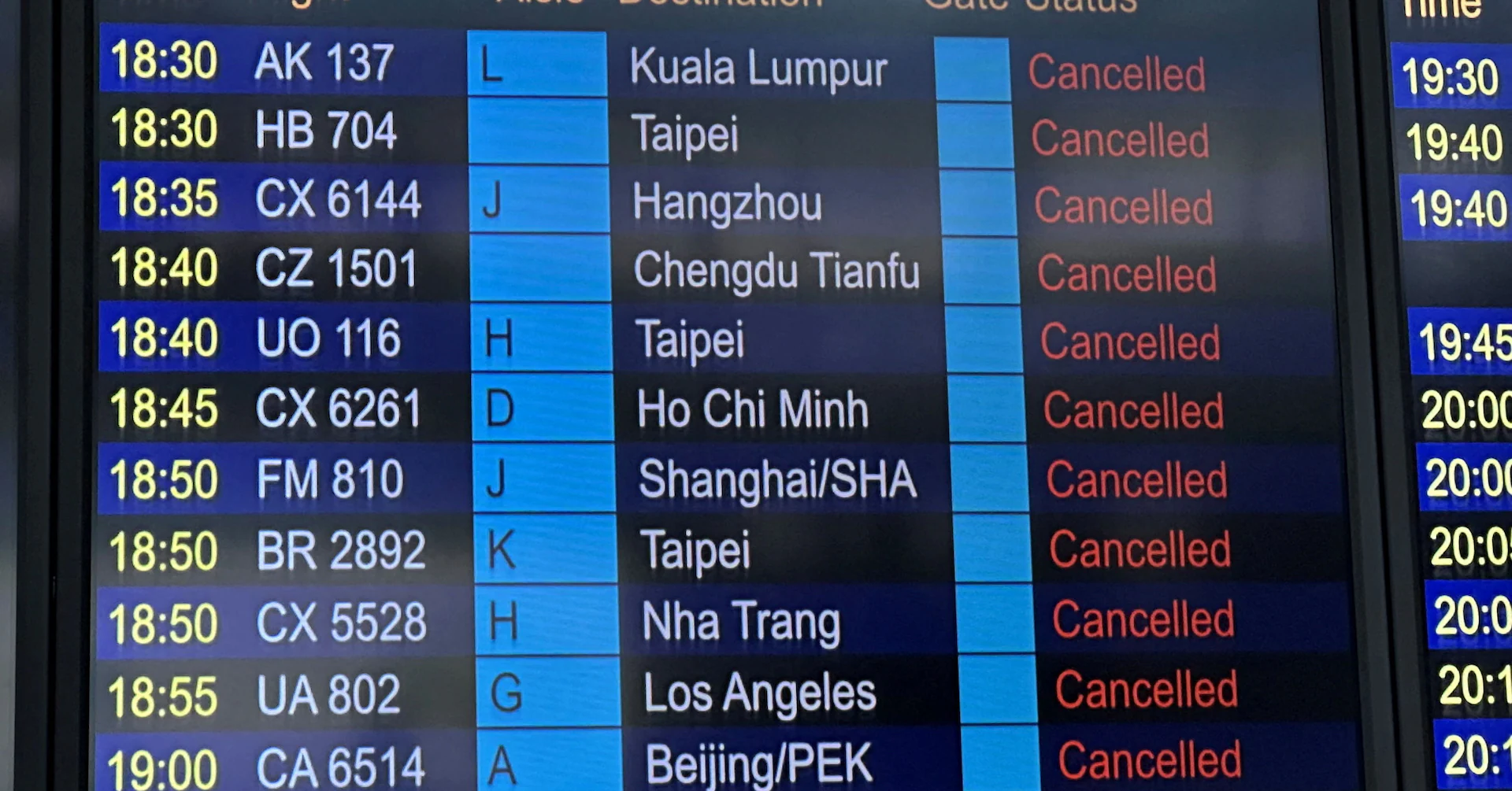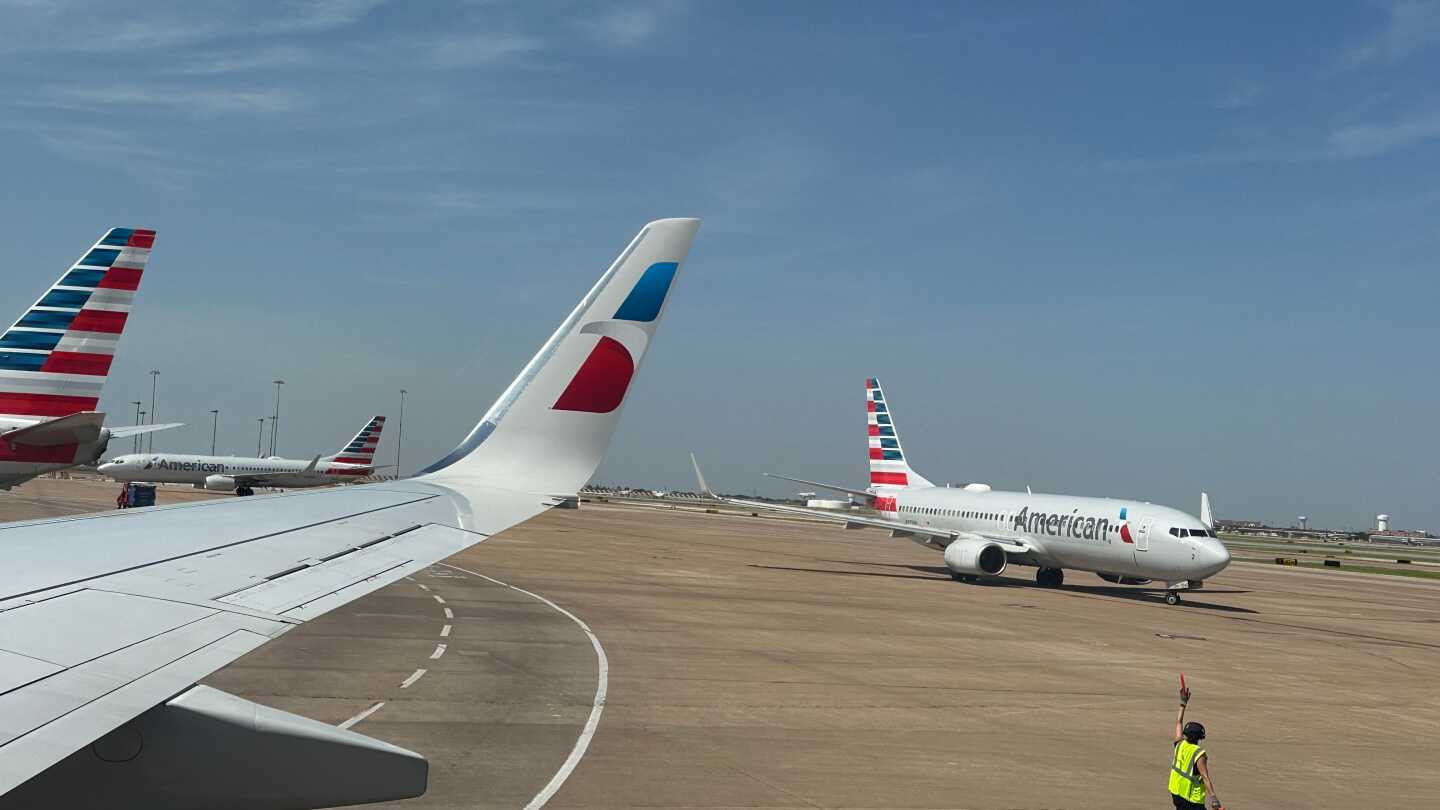
Sept 24 (Reuters) – As Typhoon Ragasa, the world’s most powerful tropical cyclone this year, approached Hong Kong this week, mass flight cancellations and lost revenue were not the only headache for airlines based at one of the world’s busiest airports.
Ahead of the arrival of hurricane-force winds and torrential rain on Wednesday, about 80% of the aircraft belonging to the four main airlines based in the city had been relocated to or grounded at airports in Japan, China, Cambodia, Europe, Australia and other locations, Flightradar24 tracking data showed.
Sign up here.
All landings and departures at Hong Kong, the world’s busiest cargo airport and the ninth busiest for international passenger traffic, were cancelled for 36 hours starting on Tuesday evening.
“We are positioning some of our aircraft away from Hong Kong and expect a staggered and gradual resumption to our schedule throughout Thursday into Friday,” said the airline, which has a fleet of 179 passenger and freighter planes.
Hong Kong issued typhoon signal 10, its highest warning, early on Wednesday, which urges businesses and transport services to shut down.
It is standard industry practice for airlines to move aircraft abroad during major weather events or as conflict risk rises to avoid potential damage, often to comply with insurance obligations.
At least 14 Cathay Pacific jets flew from Hong Kong to Cambodia’s Phnom Penh Techo airport on Tuesday to wait out the storm, according to tracking data and Techo airport.
Airlines can also preemptively send aircraft away from their main base so they are ready to operate return flights when a storm subsides.
In high winds, airlines can store aircraft in hangars, or add extra fuel to weigh them down. Smaller aircraft can be tied down.
Hong Kong-based Greater Bay Airlines, a small carrier with seven aircraft, said it had parked all its planes away from Hong Kong as a safety precaution.
Hong Kong Airlines similarly appeared to have kept all but one of its 28 aircraft out of Hong Kong.
Cathay and its low-cost subsidiary HK Express kept more of their planes in Hong Kong, tracking data showed.
Cathay and HK Express did not respond to requests for comment about how they were storing their planes. In a 2017 internal publication, Cathay said it had stored some of its planes in hangars at Hong Kong airport during past cyclones, while others had been sent to other destinations.
Reporting by Lisa Barrington in Seoul; Editing by Jamie Freed
Our Standards: The Thomson Reuters Trust Principles., opens new tab
Lisa reports from Seoul on aviation in Asia, including airlines, airspace, aerospace firms, COMAC, travel trends and sustainability. She was previously based in Dubai and Beirut, where she covered politics and general news in the GCC, Yemen, Syria and Lebanon.



